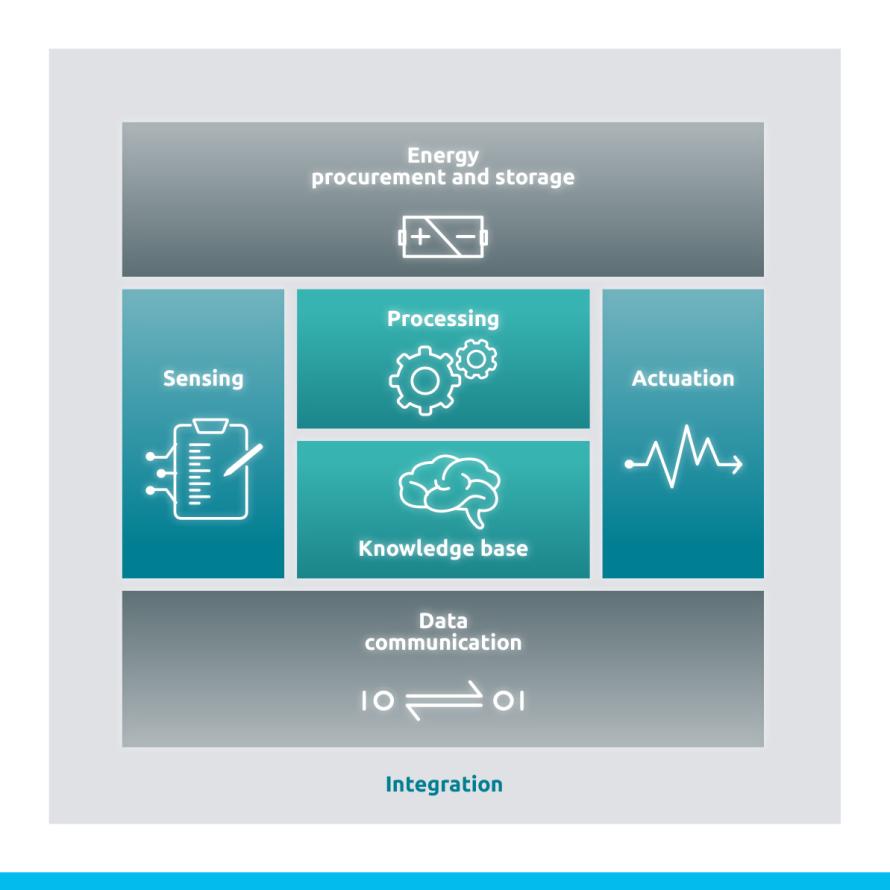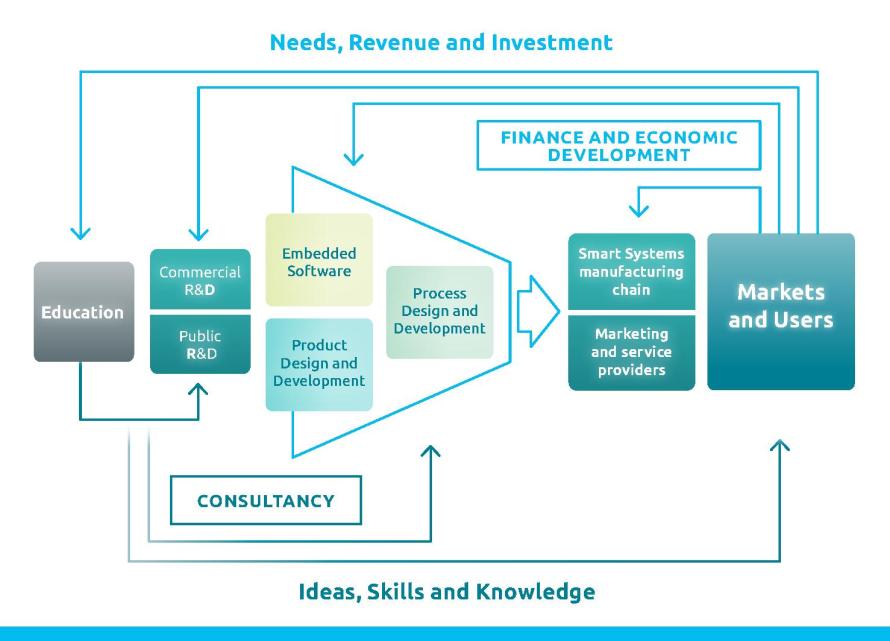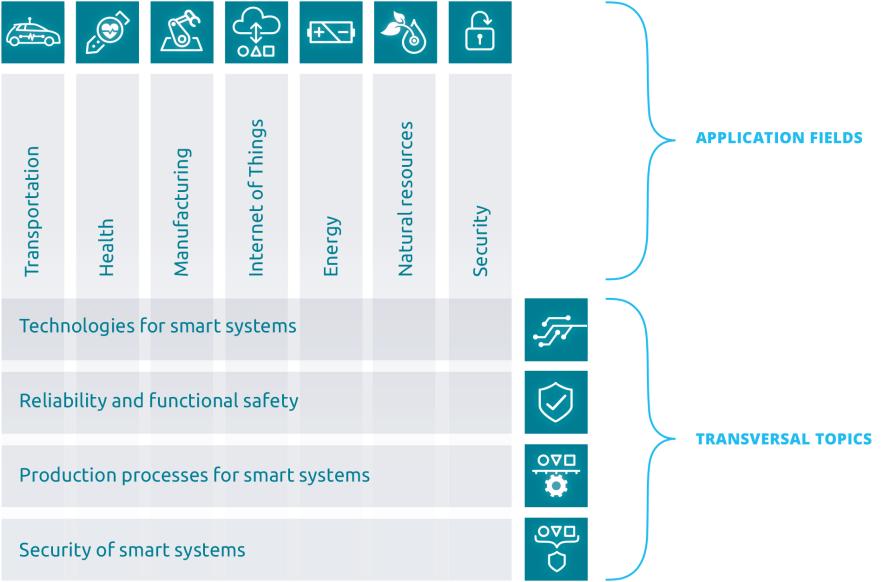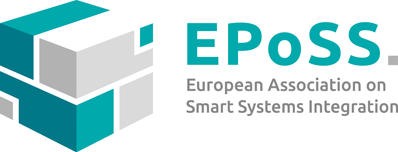Smart Systems affect many aspects of our lives. They are bringing a new generation of diagnostic instruments to clinics. They are bringing innovative automatic safety systems to cars and public transport. They are becoming embedded into consumer goods, into the networks that power and inform society, and they are underpinning the efficient provision of public and private services. Increasingly they sense their surroundings, operate autonomously and collaborate with other Smart Systems.
Smart technologies promise to break the “faster, smaller, cheaper” circle that has for decades now characterised hi-tech commerce and forced the migration of commodity manufacture towards low-cost economies. The reason for this potential break is that Smart Systems extract and condense human skills and knowledge to add not only functionality but also value to products: value that is the skill, knowledge and has historically been the genius of European culture.
A smart medical diagnostic stand-alone instrument encapsulates the skills and expertise of a whole laboratory to provide value far in excess of its component parts. Likewise smart safety systems and smart networks deliver a broad range of expertise, care and attention continuously, tirelessly and invisible to the user.

Smart Systems Integration is an assembly of technologies that build products from components, that combine functions in products and systems, that connect and network systems to other systems, and, importantly, enable systems to receive and store a “knowledge base” – the software that makes them “Smart”.

Bringing this set of technologies together is far more ambitious than the “faster, smaller, cheaper” objectives of the past. It needs a concerted effort from education and on through research and development, product design and manufacture, all the way to the development of new business models and markets: a whole “Ecosystem” to nurture competitive advantage for the European Smart Systems community.

The connection between Smart Systems and the many application sectors they serve has been emphasized in the Strategic Research Agendas of EPoSS.
Smart Systems combine cognitive functions with sensing, actuation, data communication and energy management in an integrated way. The enabling principles of these functions include nanoelectronics, micro-electromechanics, magnetism, photonics, chemistry and radiation.
What separates a smart system from a purely reactive system is the knowledge base, which ranges from a set of parameters for a feedback loop to embedded databases and algorithms. It is a necessary condition for the smartness of a system to provide safe and reliable autonomous operation under all relevant circumstances. The building blocks of a smart system are:
Smart systems are often integrated into the (natural, built and social) environment, networks for power and data and other smart systems. It is a sufficient (or extrinsic) condition for the smartness of a system to provide (and use) cognitive support to (and from) its surroundings.
The EPoSS SRA is a reference document that provides an executive review of the main issues around Smart Systems, then continues with ten self-contained “Mini SRAs” describing the particular issues, prospects, timescales and research priorities of seven application sectors and three cross-sector domains.
The seven applications sectors are Transport & Mobility; Health & Beyond; Manufacturing / Factory Automation; Communications; Energy; Aerospace; Smart Systems for the Environment. The three cross-sector domains are Safety, Security & Reliability; Technologies Supporting Smart Systems; and Production Processes for Smart Systems.

Share on
